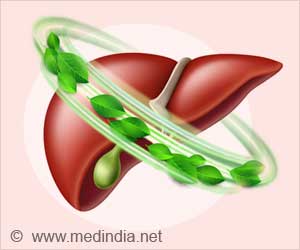Fetal alcohol spectrum disorders are a range of physical and mental disabilities that can affect a child's development and have long-lasting consequences.

‘Alcohol exposure in early pregnancy alters microRNA circulation which can be marked in the mothers whose child showed neurobehavioral or physical signs due to alcohol within the first 12 months of life.’





FASD often includes cognitive difficulties and behavioral issues - for instance, impaired attention, memory, and speech development.
One of the major issues facing clinicians is that the extent of the alcohol damage is difficult to gauge until later in the child's life. "It's a huge problem, but we might not realize the full scope because infants born with normal-looking physical features may be missed, making many cases difficult to diagnose early," says co-senior author Prof. Rajesh Miranda, of the Texas A&M College of Medicine.
Teams of scientists from the University of California-San Diego School of Medicine, Texas A&M College of Medicine, and the Omni-Net Birth Defects Prevention Program in Ukraine recently combined their efforts to design a solution.
Alcohol exposure during early pregnancy changed the amount of circulating small RNA molecules, called microRNAs (miRNAs). These changes in miRNAs were particularly marked in the mothers whose child showed neurobehavioral or physical signs due to alcohol within the first 12 months of life.
Prof. Miranda says: "Collectively, our data indicate that maternal plasma miRNAs may help predict infant outcomes and may be useful to classify difficult-to-diagnose FASD subpopulations."
Advertisement
Prof. Miranda says: "If we can reset developmental trajectories earlier in life, it is a lot easier than trying to treat disabilities later in life." Identifying mothers and infants who are most at risk will enable healthcare providers to ensure they receive extra care and support.
Advertisement















